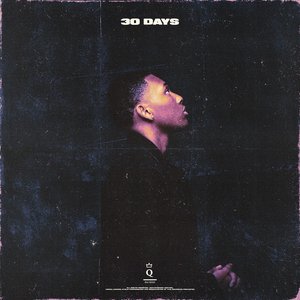Creating Content That Gets Read...And Shared!
Picture this - you stay up all night writing that awesome new blog post. Your research was thorough, and you made judicious use of keywords throughout the post, ensuring they were in the title, h1 tags and content blocks. You even made a good selection of pictures and threw in a few funny ones to get those all important shares on Pinterest and Instagram.
You gleefully hit publish, knowing this will be the post which will break the bank and drive in oodles of subscribers. Only the days turn to weeks and the weeks to months as you realize, that post really did not amount to all that much.
Sadly, this is generally the case online. Too many people churning out stuff they think is important, but really isn't. Which is why it is not uncommon to see a company website riddled with blog posts, articles etc just sitting there without so much as an iota of comments, shares or even likes.
Well, what's the trick then?
The trick weary marketer, is knowing what's important. As in, important right now. While creating content with timeless advice is always advisable, being part of your audience's conversation is more so.
In fact, before you can even start hammering at the keyboard, you need to gain a better understanding of what your audience is talking about then join in the conversation with your thoughts on the matter in the form of blog posts, articles or even just comments on other content. More on this later.
What makes great content...great?
You have probably heard that good quality content needs to be replete with lots of useful, actionable information. That's just the half of it. A textbook has lots of information in it, only it's also usually just plain boring.
Since we live and work in a digital eco-system where thousands of other brands are also vying for our audience's attention, presenting stuff that does not interest them will get you ignored, regardless of how much information it has.
Good quality content therefore not only needs to be informative, but also engaging. And that's what most brands have trouble with. We all are well aware of our subject matter, but that never meant we will be the best at explaining it.
So, what makes a piece of content engaging? Think back to your school (or college) days. Did you have a professor whom you just couldn't help but listen to - someone whose classes always used to be full and who could just arrest your attention with their words and ways? Such people are usually few and far in between, and they just seem to get how to teach their subject such that it's almost impossible to forget!
What makes them so different is that they are simply better storytellers. As social creatures, we require support of our family and peers for our survival. Stories use relatable characters to expound ideas which can motivate empathy in us.
Research by Paul Zak found that character driven stories led to the secretion of a chemical called oxytocin. Secreted by the hypothalamus, oxytocin is responsible for generating feelings of care and connection within us.
No wonder oxytocin has been given monikers such as hug hormone, cuddle chemical and moral molecule! This is also primarily why we like novels more than instruction manuals and movies more than documentaries.
So you already are an expert in your chosen field and now you also know how to present your expertise. So, what was all that about being chronologically relevant? Only that your stories will be far more engaging if they are something your audience is already talking about. Movie makers are also constantly trying to make films that are relevant to the audience right now for a similar reason - timely relevant content resonates better.
To sum things up, high quality content is a combination of expertise and engaging stories which your audience finds important in the now, not way back when. The best way to go about creating high quality content will be to...
- Find out where your audience hangs out
- Find out what they are talking about
- Draw on your past experiences and expertise to create story driven, actionable content that adds value to the conversation,
- Rinse and repeat!
You can use search engine data to get a better idea about what your target audience is searching for. Keyword research is a good first step; however don't get too attached to it. Data from search engines is best used to find creative ways in which you can solve your audience's problems.
